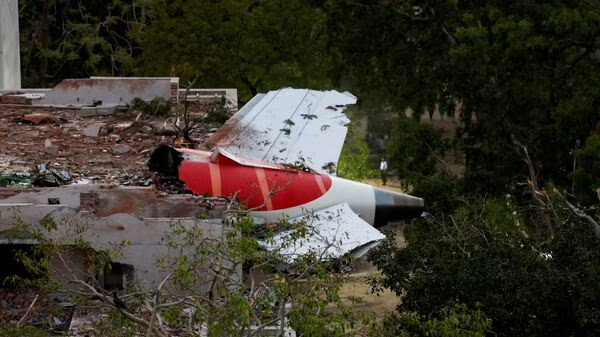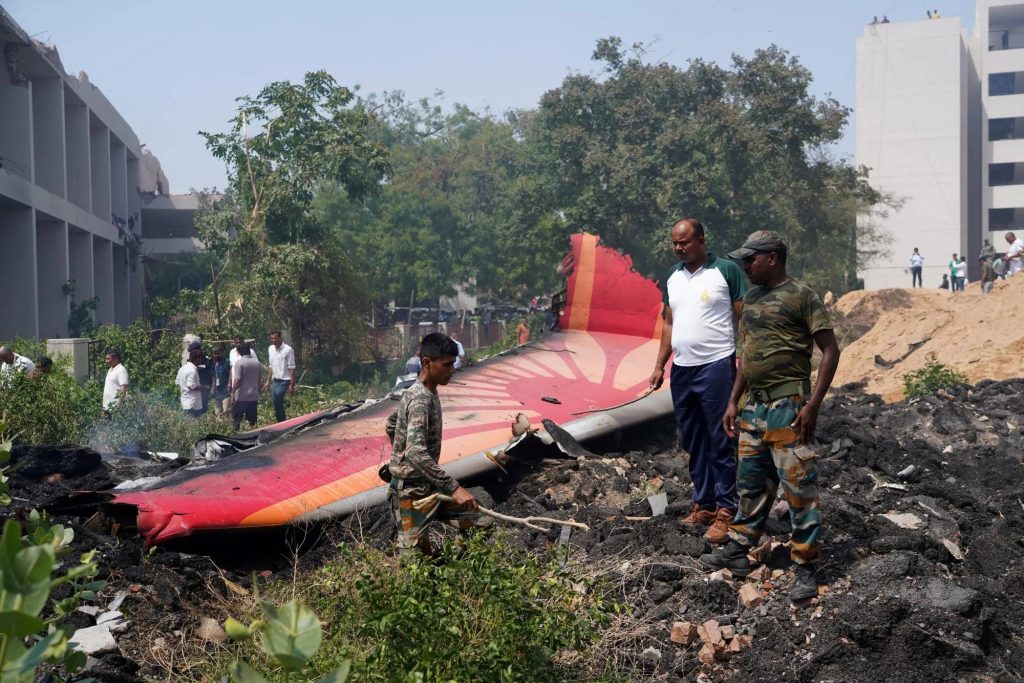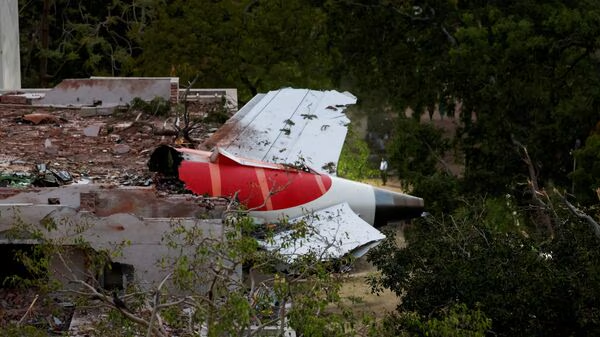
Crash Investigation Highlights Pilot Misjudgment
A recent crash report has revealed that pilot confusion over engine switch movements contributed to the Air India crash pilot confusion.The findings come after months of analysis into the tragic runway overrun incident.
Investigators concluded that misinterpretation of engine controls during approach was a critical error. This mistake, combined with challenging weather and a steep descent angle, resulted in the fatal crash.
Final Moments Caught in Cockpit Voice Recordings
The cockpit voice recorder revealed that the pilot flying struggled with aircraft configuration during final descent. Communication gaps between the captain and co-pilot also surfaced. As the aircraft descended rapidly, one of the engine switches was unintentionally moved, altering thrust.
Instead of correcting the error immediately, the flight crew continued with the landing. The report notes that the confusion between the left and right engine switch actions significantly compromised flight stability.


Boeing 737’s Configuration Mismanaged
The aircraft involved was a Boeing 737-800, widely used for short- to medium-haul routes. Technical logs showed no mechanical faults prior to the crash. However, a post-incident simulation found that incorrect engine switch movement could destabilize the aircraft during landing.
🔗 Air India crash report shows pilot confusion over engine switch movement – Reuters
The misconfiguration led to uneven engine power distribution, making it harder to control the plane. Combined with slick runway conditions, the aircraft skidded and broke apart upon impact.
Investigators Blame Training Gaps and Poor CRM
Crew Resource Management (CRM) failures played a central role in the incident. The co-pilot raised concerns about engine behavior, but corrective actions were delayed. The lack of clarity around engine switch usage showed gaps in cockpit procedures and training.
The report urged airlines to update simulator training to include more engine switch failure scenarios. It also recommended improving crew coordination in high-pressure landing conditions.
Air India Responds to Safety Concerns
In response, Air India Express said it has already begun reviewing internal procedures. The airline is enhancing its pilot training curriculum to cover more technical error recovery.
A spokesperson said, “We take the report seriously and are implementing all suggested safety recommendations immediately.”
Regulators Demand Stricter Oversight
India’s Directorate General of Civil Aviation (DGCA) has ordered a comprehensive safety audit of all Air India operations. Other airlines using similar aircraft may also undergo random cockpit audits.
DGCA insists that modern cockpit automation must be matched by human understanding. Confusion over fundamental controls, like engine switches, poses an unacceptable risk to passenger safety.
Families Still Seeking Closure
Families of the victims expressed frustration over how avoidable the tragedy seemed. Many hope the findings will prevent future disasters. Support groups are also demanding better compensation, accountability, and mental health support for crew and passengers’ relatives.
Aviation Safety Under Global Scrutiny
This crash adds to growing international concern over pilot training consistency. Global aviation bodies are urging all airlines to reinforce cockpit procedure discipline.
Although aviation remains one of the safest modes of travel, lapses like these highlight the need for constant vigilance.
To get more related news follow as https://konemedia.co.ke/






